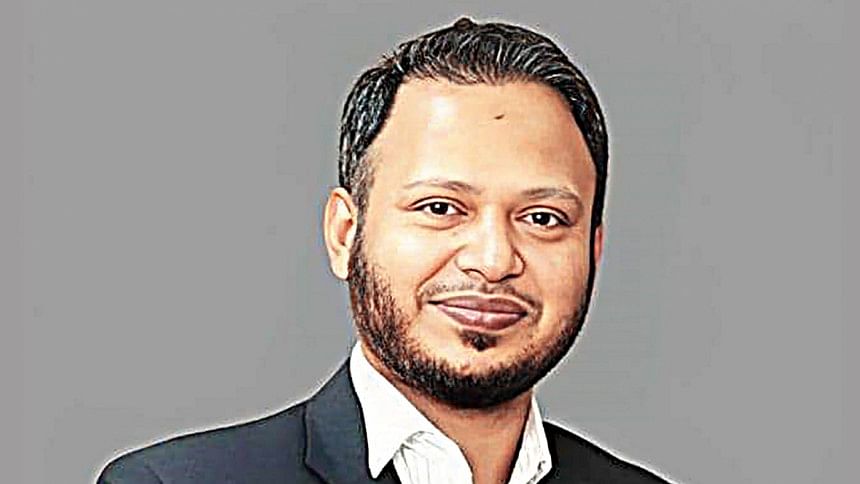“Prevent haphazard development around the metro stations”

TDS: What is your assessment of the current status of MRT in Dhaka with the inauguration of the new phase of MRT Line-6?
ADM: The recent extension of MRT Line-6 from Farmgate to Motijheel signifies a crucial step in relieving Dhaka's notorious traffic congestion. Despite the relatively high fare, it has swiftly become the preferred choice for many middle and lower-income commuters who cannot afford private vehicles. However, the successful operation of this expanded transport system faces significant challenges, primarily due to the limited number of carriages available. As a result, during peak hours, a surge in commuter traffic is expected due to the substantial demand along this route.
The high demand for the metro underscores the need for a diversified and comprehensive transport system. While the metro has gained popularity, it's essential to recognize that no single transport mode, even one as advanced as the metro, can single-handedly address the complex transportation needs of a city. A truly sustainable and efficient transport network should integrate various modes, including metro, BRT (Bus Rapid Transit), well-facilitated bus services, and seamless multimodal communication.
Regrettably, our focus has primarily centered on the expensive metro project while overlooking other critical components of an integrated urban transport system. Neglecting the control of private vehicles, motorcycles, and rickshaws has had a detrimental impact on traffic and overall urban mobility. This imbalance in our approach can be attributed to a misconception that the metro would be a panacea for all our transportation problems, which is far from accurate.
The recent congestion observed at Farmgate due to the Dhaka Expressway ramp highlights the pressing need for comprehensive planning. As more metro stations become operational, the challenges of transporting passengers to and from these stations are evident. Multimodal integration should have been a fundamental consideration during the metro's construction to ensure a holistic and effective urban transport network.
TDS: What impact will it have on urban development?
ADM: In other countries, development of areas near metro stations occurs after the introduction of the metro. In our country, it's the opposite, particularly from Farmgate to Motijheel, where these areas were already developed. Uttara was relatively underdeveloped, and land values increased there with the start of numerous housing projects.
Some efforts related to Transit-Oriented Development (TOD) are visible in Uttara, but absent in other areas. City authorities should implement systematic regulations to prevent haphazard development around the metro stations.Dhaka is densely populated, and its traffic is unruly, so station management should be sophisticated and consider the local context. Foreign consultants who are involved in planning sometimes impose their own country's experiences on ours, which can have a negative impact. Hence, we should value our local experts.
TDS: What recommendations do you have to make the metro service more people-friendly?
ADM: Other countries have successfully introduced special rapid passes and monthly pass schemes tailored to lower and middle-income individuals. This system can also be implemented in our context to benefit a wider range of commuters.
If the market alone drives the development, affluent individuals will occupy spaces near the stations, leading to the displacement of lower and middle-income residents. The metro rail's primary objective would be compromised if gentrification is allowed to occur.
The interview was taken by Priyam Paul

 For all latest news, follow The Daily Star's Google News channel.
For all latest news, follow The Daily Star's Google News channel. 



Comments